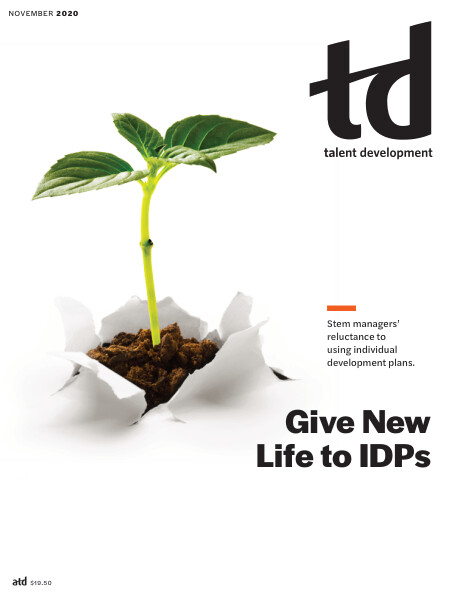TD Magazine Article
Member Benefit
Come Out Better on the Other Side
Creativity and innovation help organizations thrive post-upheaval.
BA
By
Mon Nov 02 2020

Bookmark
Ready or not, the pandemic has pressed society to get creative—to find solutions, flatten the curve, figure out remote work while inventing learning pods for our kids and communities, search for a vaccine, manage our teams into new territory; the list doesn't end. Talent development professionals are uniquely positioned to help organizations in this time. Tasked with rolling out change, we are being called upon to find and convey the new normal, whatever that looks like in these unpredictable times.
You've Reached ATD Member-only Content
Become an ATD member to continue
Already a member?Sign In

More from ATD

